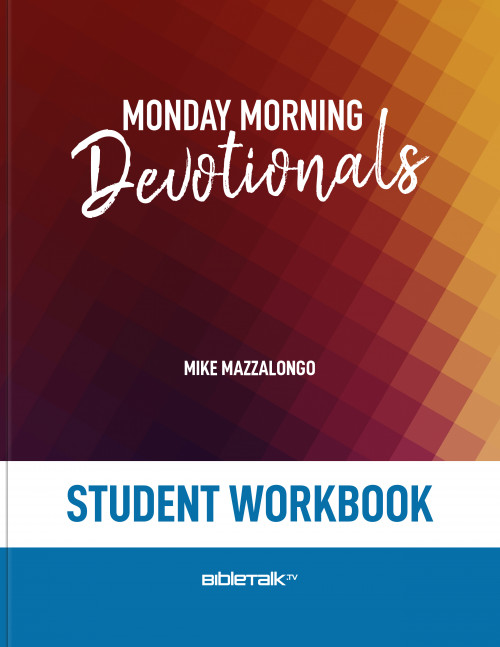She was a Good Dog
Bristo, a female Boxer belonging to our eldest daughter, died recently from a combination of age (13 years) and various ailments that are common in dogs of that type. Everyone in our family was fond of her and unanimously praised her as being a "good dog." This cannot always be said wholeheartedly of all dogs, but Bristo earned her praise by being the type of pet that most folks would happily welcome into their homes.
Aside from being an excellent example of her breed, Bristo also had a gentle temperament (not easy when 12 little cousins each had a turn at wrestling, riding, and hugging her as well as dressing her up for some game or play)! She was easy to train, affectionate, protective of the children and loved to play.
Of course, her loss was felt by everyone but explaining why such a "good" dog had to die, presented both a challenge and opportunity for parents who had to answer this question especially when asked by their young children.
The goal was to avoid the easy and comforting myth that there is some kind of "doggy heaven" where pets go to enjoy a new life of never-ending play and treats. This tactic ends the conversation easily by avoiding the difficulty of explaining (in age-appropriate terms) the cycle of life, decay, and death present in all areas of existence. Animals as well as plants, stars, and people are born, and eventually expire. Presenting this reality honestly establishes a true foundation upon which parents can then build an accurate worldview that creates less anxiety and confusion as children grow into adulthood.
The opportunity that accompanies this explanation is that the dying of a pet enables the open discussion of the fearful issue of death itself. Explaining that the plants and animals that God made to be a part of His creation all return to the earth once their lives are completed, allows a young person to have a proper context into which the passing of a pet can naturally fit.
For Christian parents, however, the greater advantage is explaining that unlike animals of any kind, human beings are made in the image of God (Genesis 1:26), therefore when they die, they go to be with God, their Creator. Sure, there is more to it than that, but establishing this difference between people and animals will be an important first step in eventually teaching them the gospel.
As I said before, "Bristo was a good dog", in that she provided companionship and comfort to a family that cared and treated her kindly. Even in death she has served to provide an opportunity for the greater purpose of God to be explained and shared by those who will truly miss her.
Discussion Questions
- Describe your experience with the loss of a pet. How was it explained to you (or how did you explain it to others)?
- At what time or age should we explain the true finality of physical death to children? Why this time or age?
- How would you explain the death of a close relative like an uncle, aunt, or grandfather to a 10-year-old child? Why this approach?



